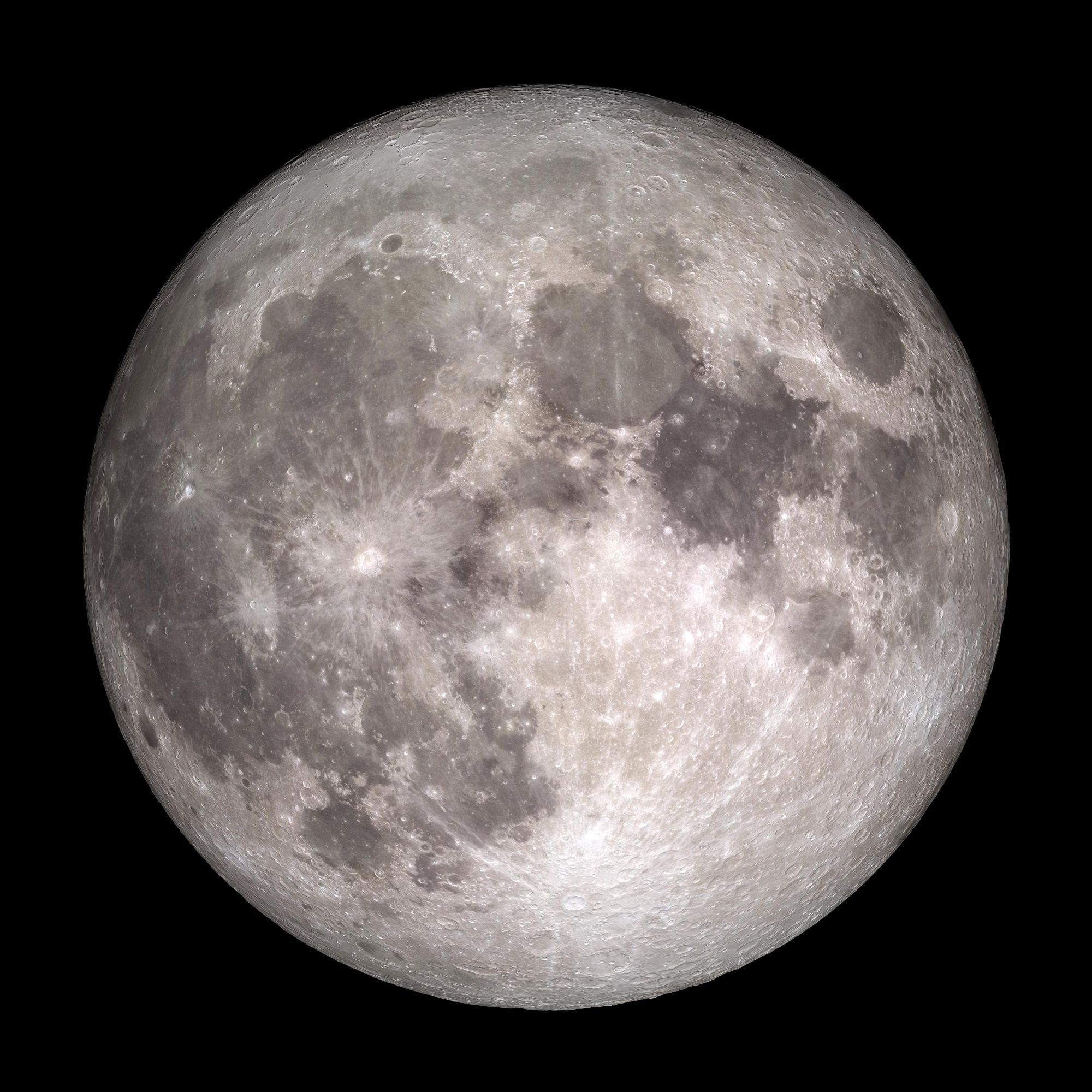Have you ever gazed up at the night sky and felt a pull, a sense of wonder, when you spotted that bright, familiar face looking back at you? That glowing orb, our very own moon, is more than just a pretty sight; it’s a constant presence, a silent watcher, and, in a way, a very old friend. For ages, people have looked to the moon for comfort, for guidance, and for a deeper sense of what life is all about. It’s a truly captivating part of our universe, and its gentle glow has shaped so much of how we think and feel.
This celestial body, Earth's only natural satellite, travels around our planet at what seems like a vast distance, somewhere around 384,399 kilometers, or about 238,854 miles. That's a space that's roughly 30 times the width of our home world. It's almost always showing us the same face, too, because it's what we call tidally locked to Earth. This means its spin matches its trip around us, which is pretty neat, if you think about it.
The story of our moon, it’s believed, began with a truly immense crash, a cosmic bump that sent bits and pieces flying


